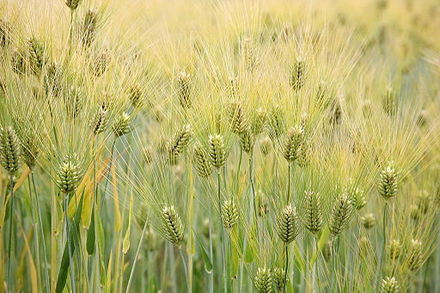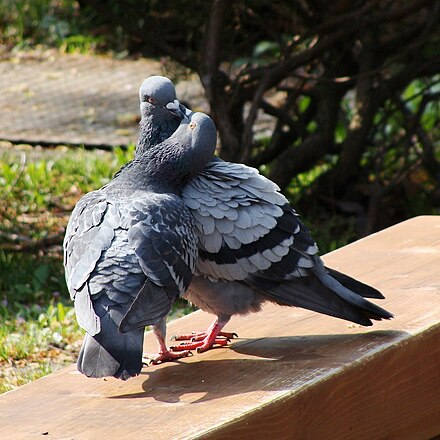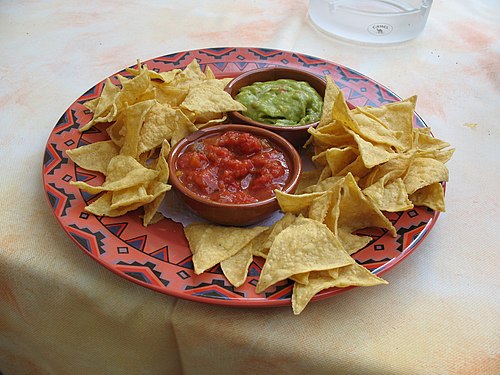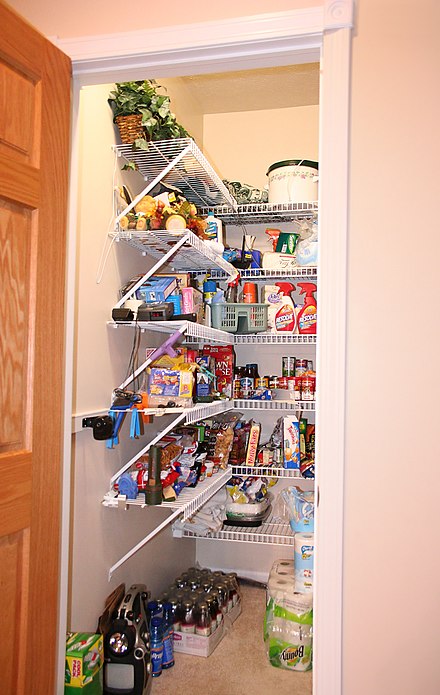Success in the knowledge economy comes to those who know themselves—their strengths, their values, and how they best perform.
Summary. Throughout history, people had little need to manage their careers—they were born into their stations in life or, in the recent past, they relied on their companies to chart their career paths. But times have drastically changed. Today we must all learn to manage ourselves.
What does that mean? As Peter Drucker tells us in this seminal article first published in 1999, it means we have to learn to develop ourselves. We have to place ourselves where we can make the greatest contribution to our organizations and communities. And we have to stay mentally alert and engaged during a 50-year working life, which means knowing how and when to change the work we do.
It may seem obvious that people achieve results by doing what they are good at and by working in ways that fit their abilities. But, Drucker says, very few people actually know—let alone take advantage of—their fundamental strengths.
He challenges each of us to ask ourselves: What are my strengths? How do I perform? What are my values? Where do I belong? What should my contribution be? Don’t try to change yourself, Drucker cautions. Instead, concentrate on improving the skills you have and accepting assignments that are tailored to your individual way of working. If you do that, you can transform yourself from an ordinary worker into an outstanding performer.
Today’s successful careers are not planned out in advance. They develop when people are prepared for opportunities because they have asked themselves those questions and have rigorously assessed their unique characteristics. This article challenges readers to take responsibility for managing their futures, both in and out of the office.
History’s great achievers—a Napoléon, a da Vinci, a Mozart—have always managed themselves. That, in large measure, is what makes them great achievers. But they are rare exceptions, so unusual both in their talents and their accomplishments as to be considered outside the boundaries of ordinary human existence. Now, most of us, even those of us with modest endowments, will have to learn to manage ourselves. We will have to learn to develop ourselves. We will have to place ourselves where we can make the greatest contribution. And we will have to stay mentally alert and engaged during a 50-year working life, which means knowing how and when to change the work we do.
What Are My Strength?
Most people think they know what they are good at? They are ususlly wrong.
The only way to discover your strength is through feedback analysis.
How Do I Perform?
Am I a reader or a listener?
How do I learn?
What Are My Values?
I call it the “mirror test”.
Where Do I Belong?
What Should I Contribute?
To answer it, they must address three distinct elements:
- What does the situation require?
- Given my strength, my way of performing, and my values, how can I make the greatest contribution to what needs to be done?
- And finally, What results have to be achieved to make a difference?
Responsibility for Relationships
- The first is to accept the fact that other people are as much individuals as you youself are.
- The second part of relationship responsibility is taking responsibility for communication.
The Second Half of Your Life
There are three ways to develop a second career:
- The first is actually to start one. We will see many more second careers undertaken by people who have achived modest success in their first jobs.
- The second way to prepare for the second half of yours life is to develop a parallel career.
- Fially, there are the social entrepreneurs.
In effect, managing oneself demands that each knowledge worker think and behave like a chief executive office.
Knowledge workers outlive their organizations, and they are mobile. The need to manage oneself is therefore creating a revolution in human affairs.
Peter F. Drucker is the Marie Rankie Clarke Professor of Social Science and Management(Emeritus) at Claremont Graduate University in Claremont, California. This article is an excerpt from his book Management Challenges for the 21st Century(HarperCollins, 1999)

































